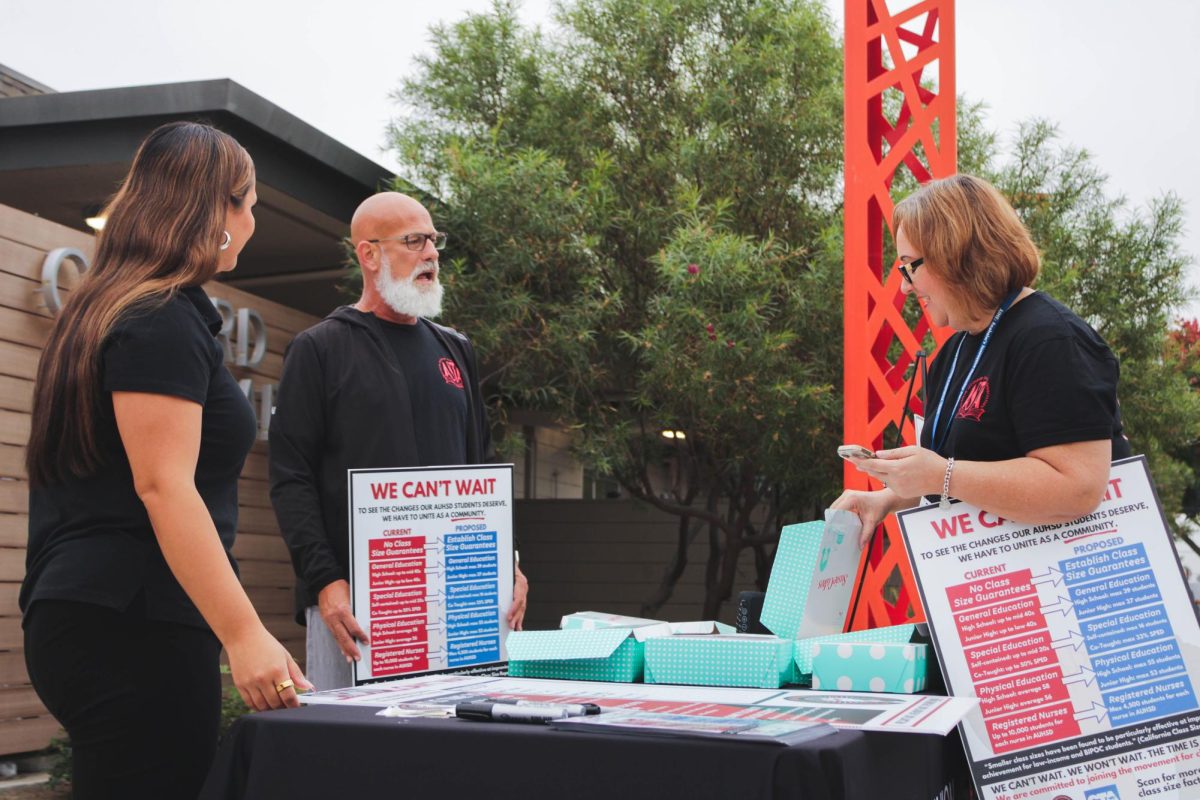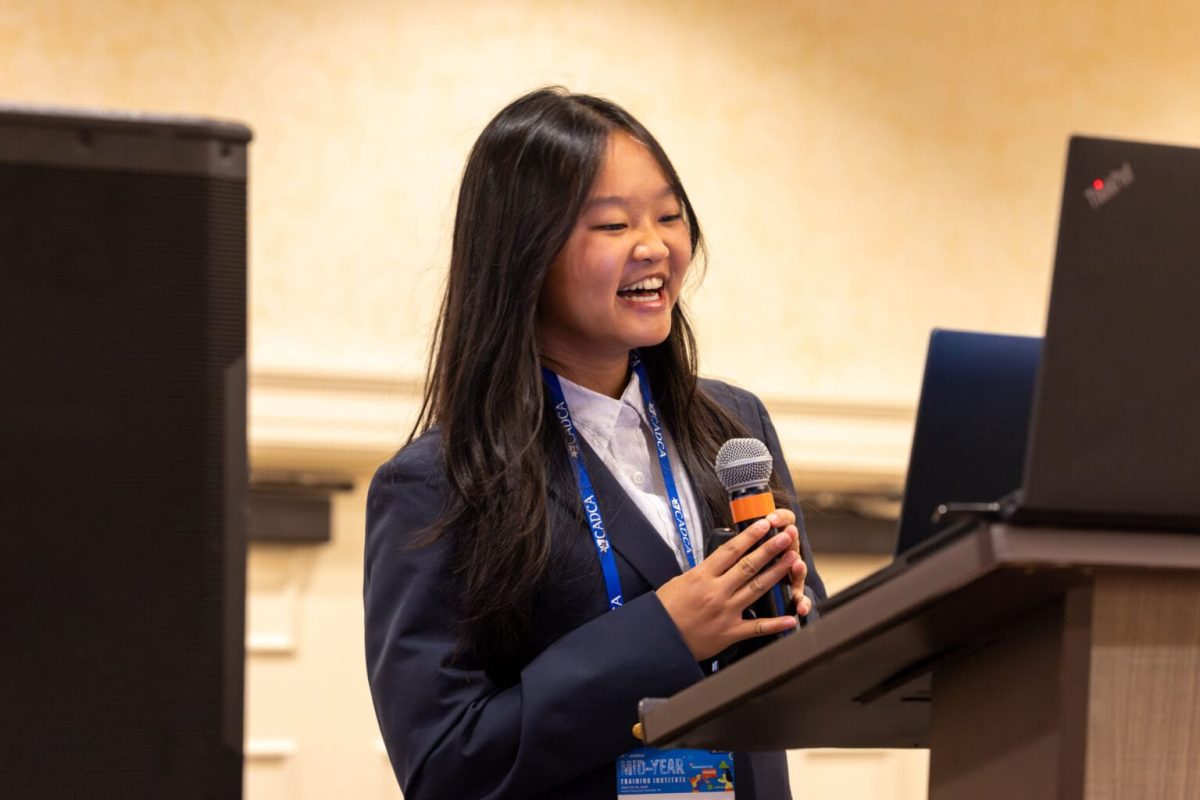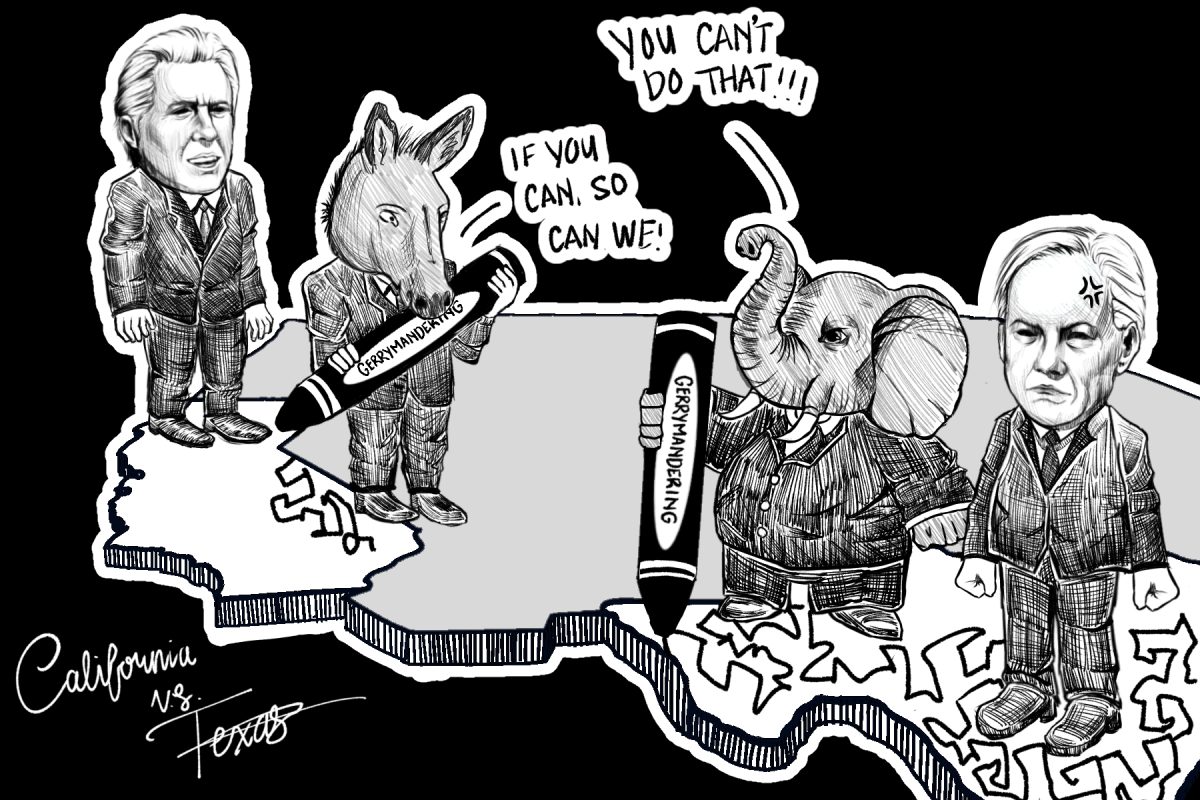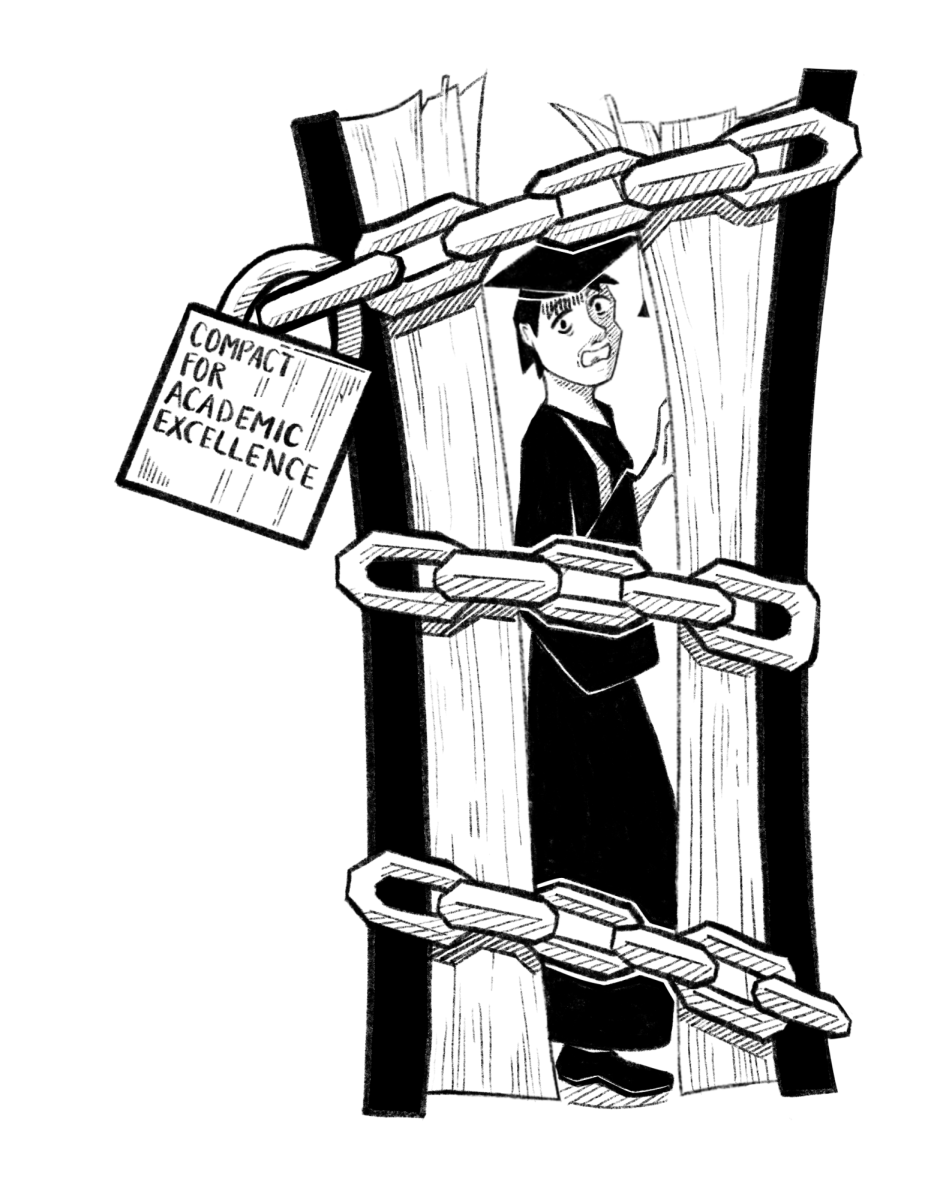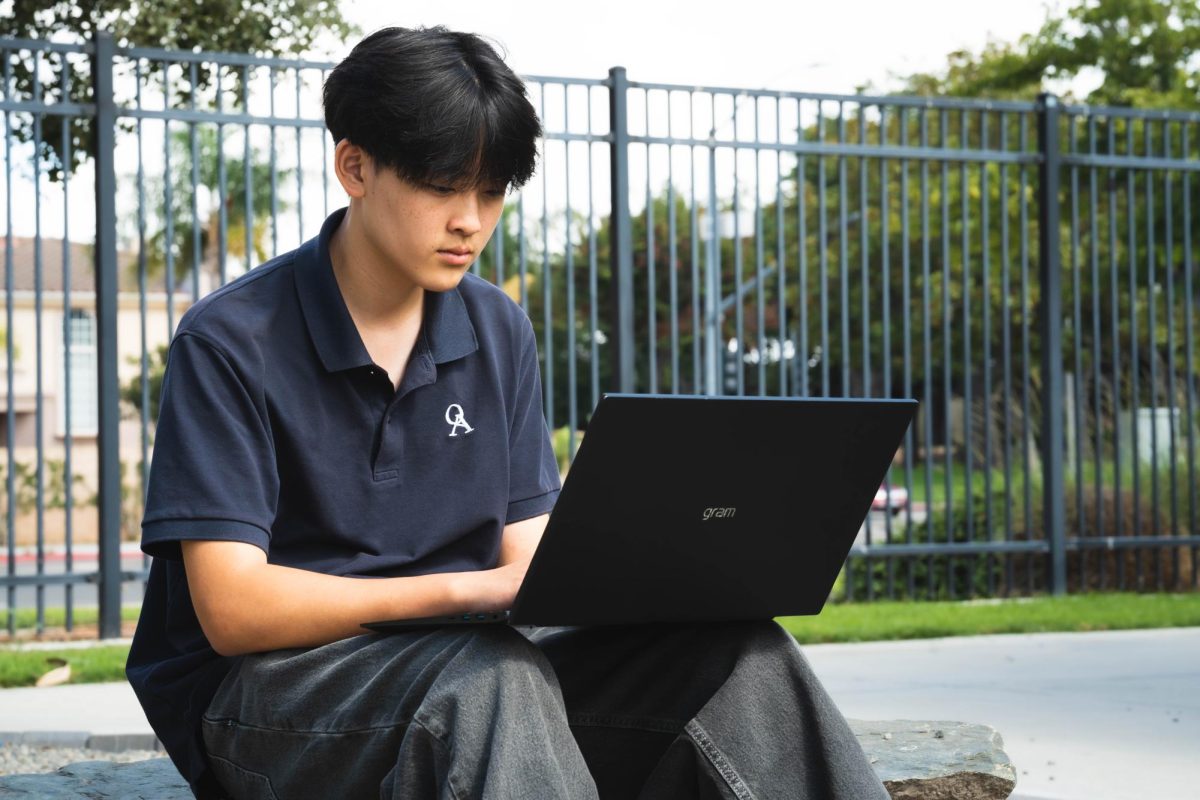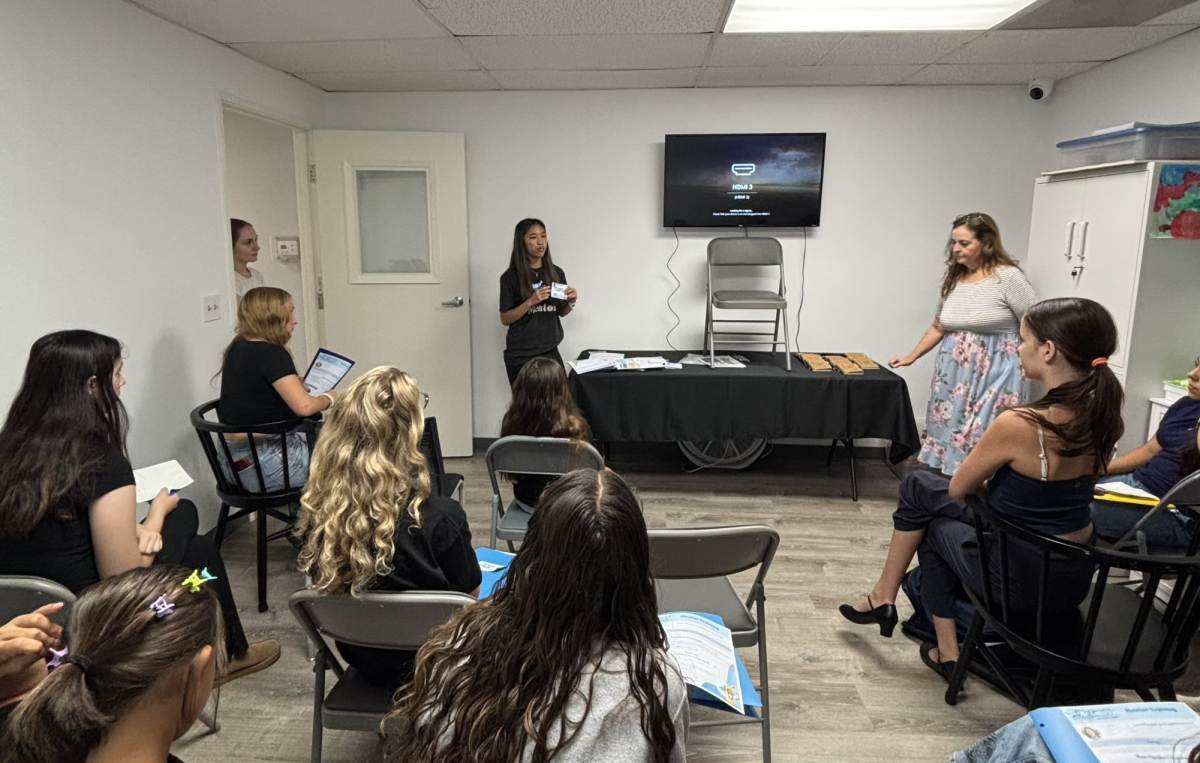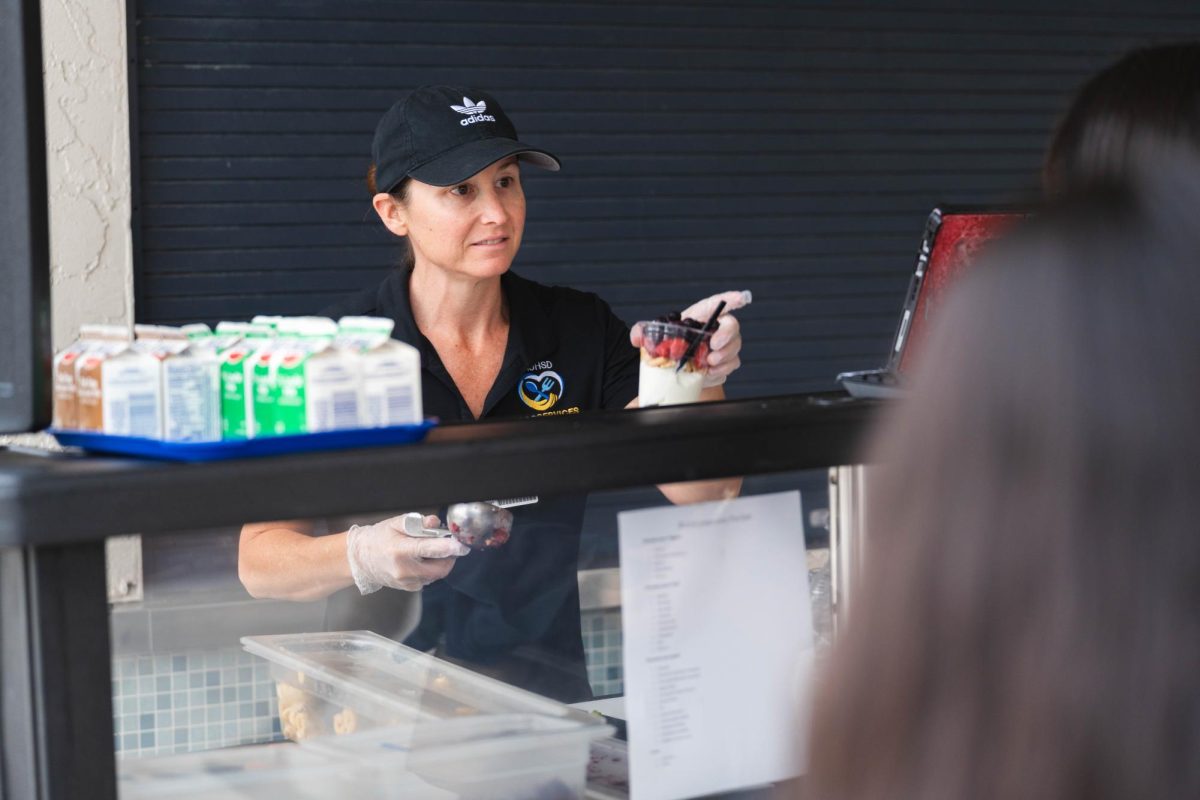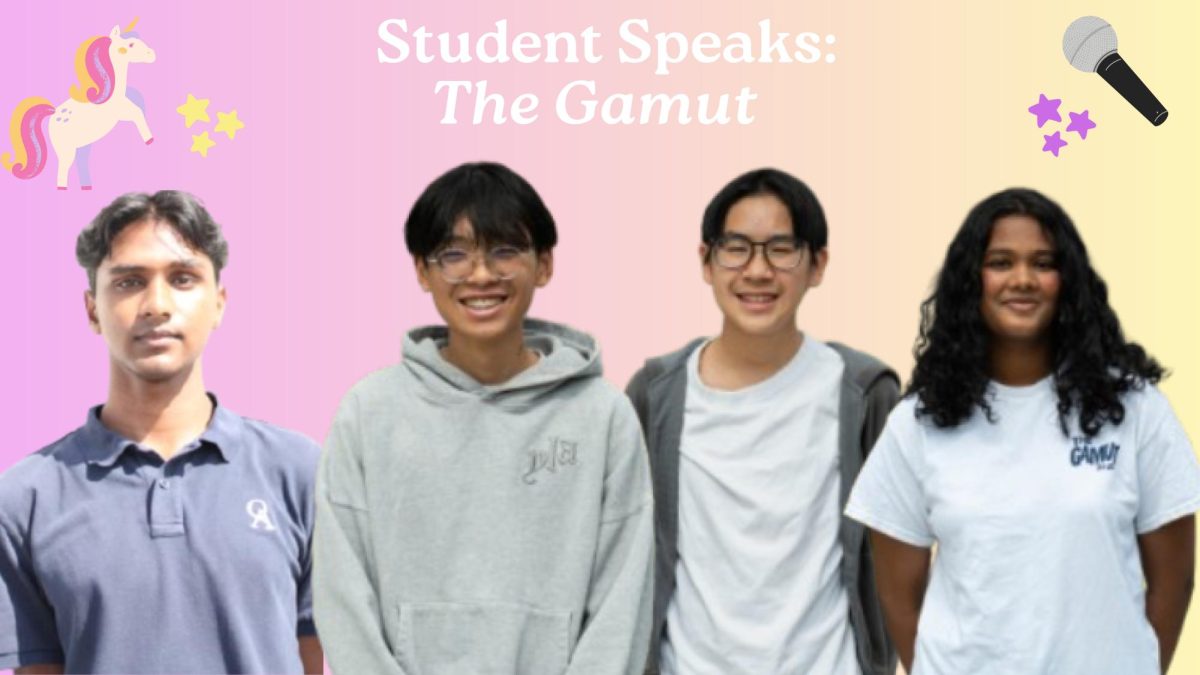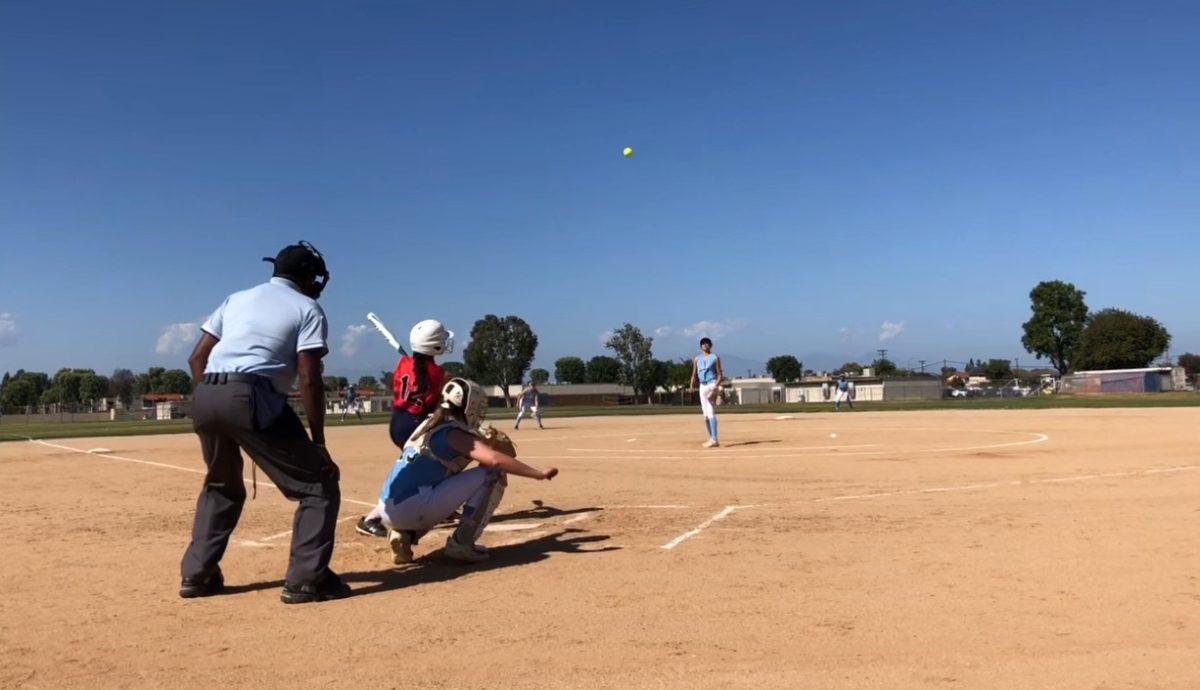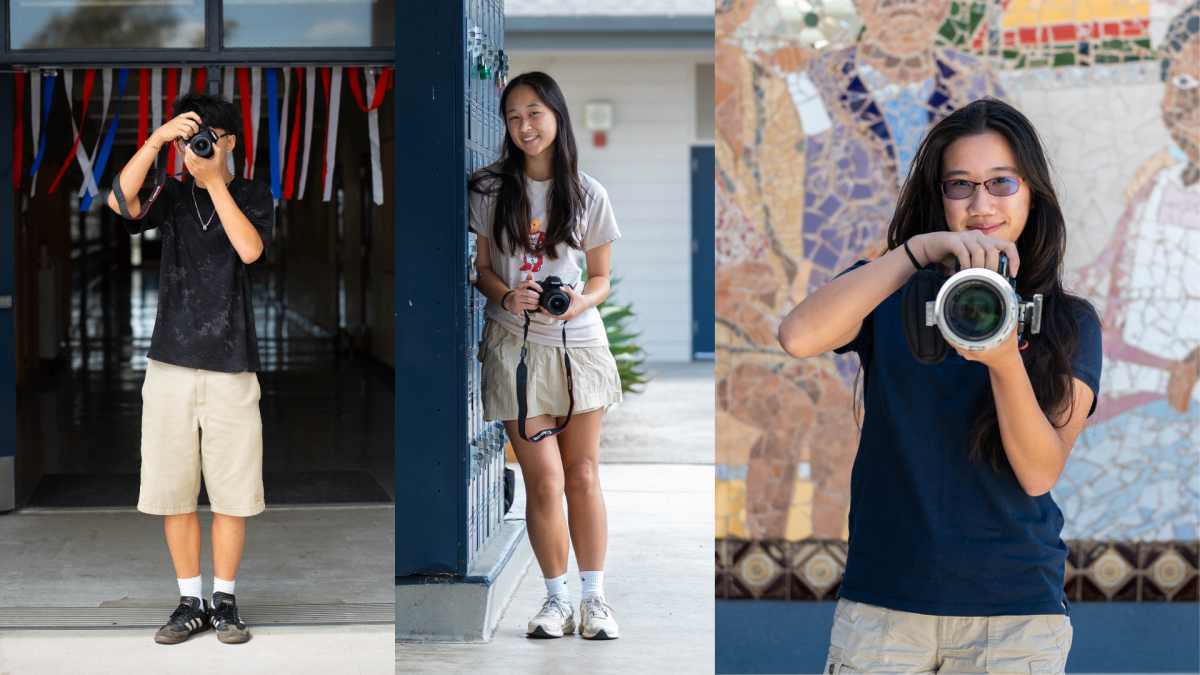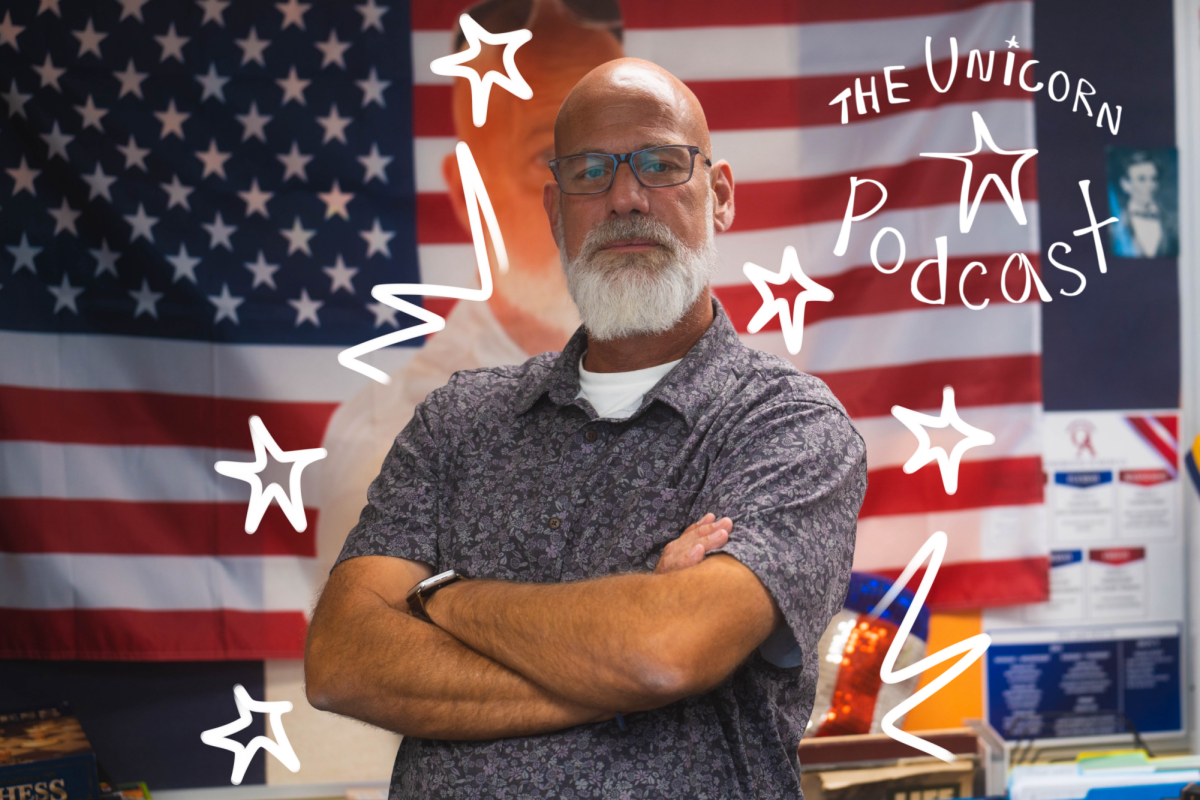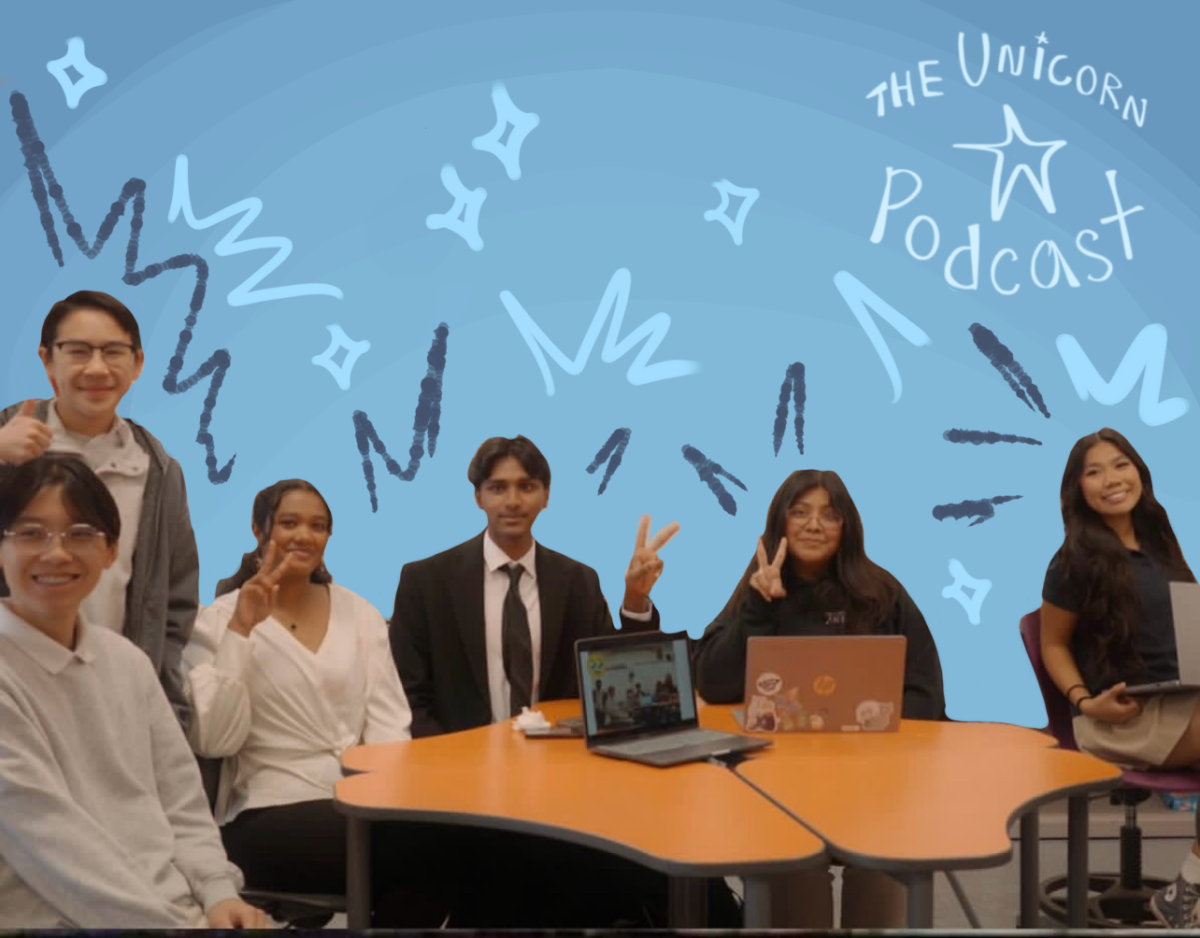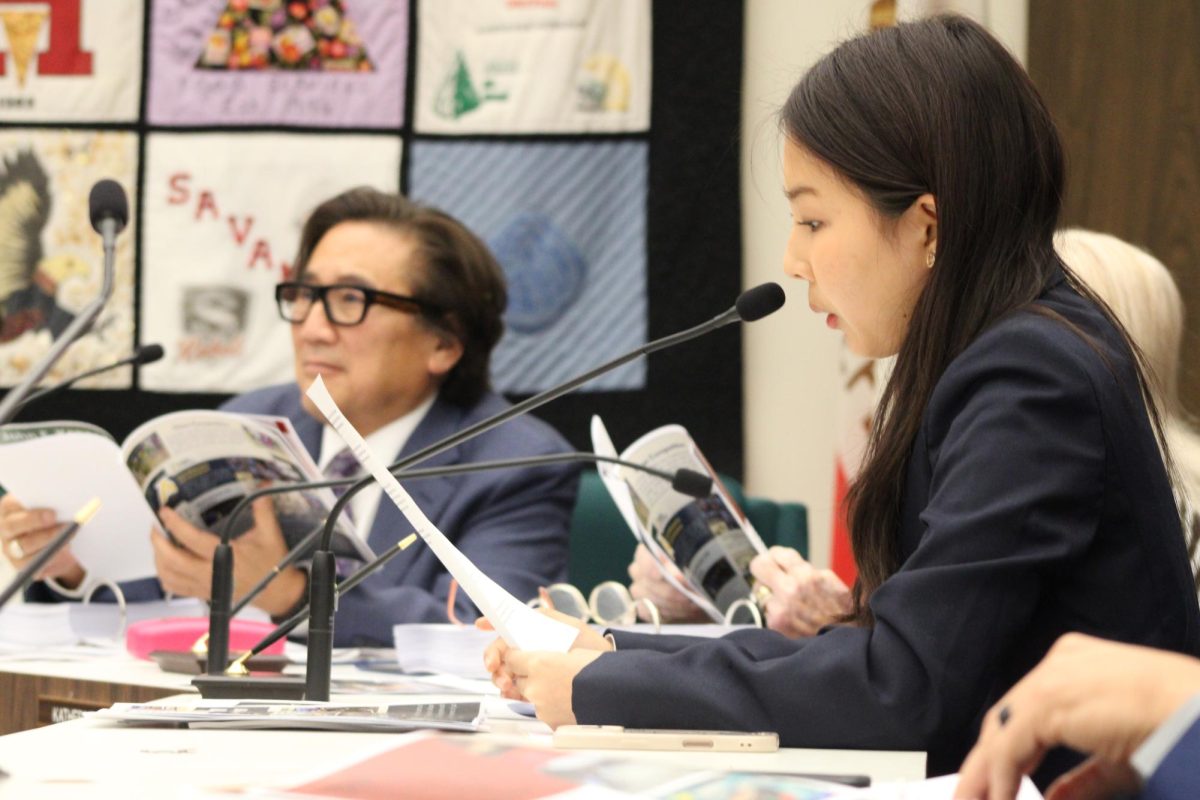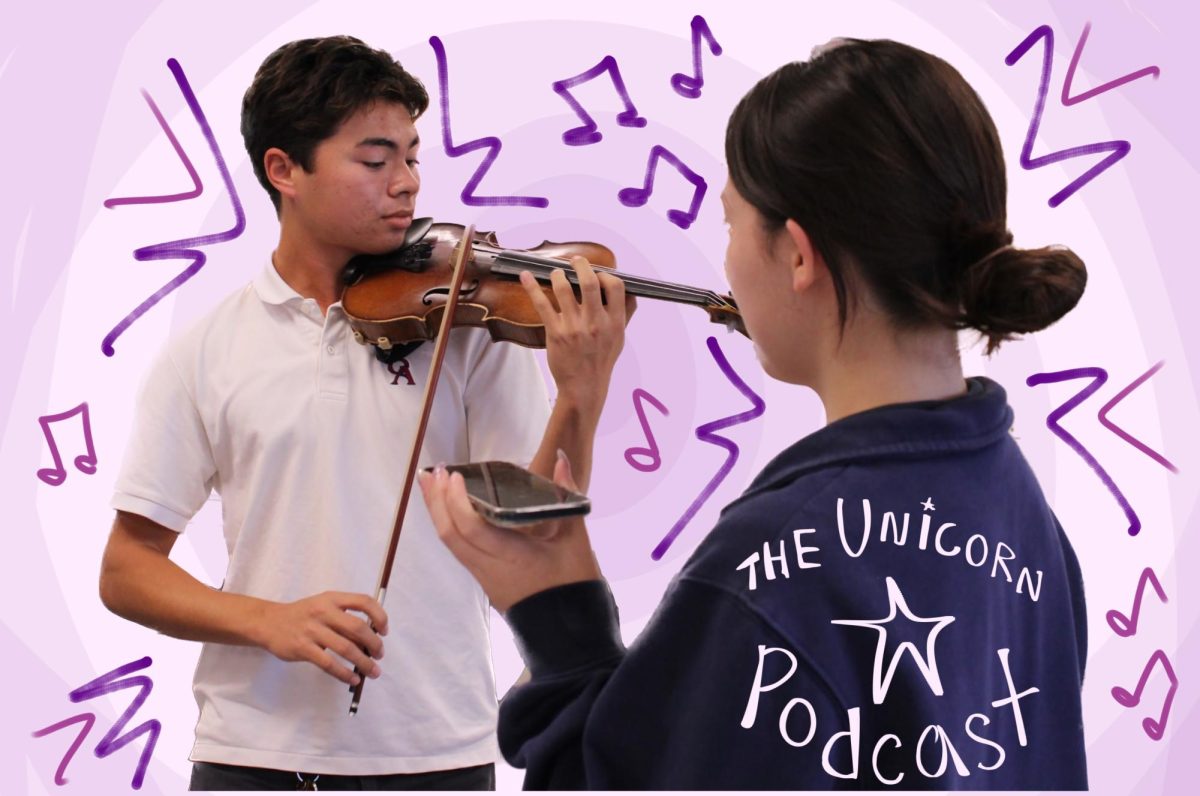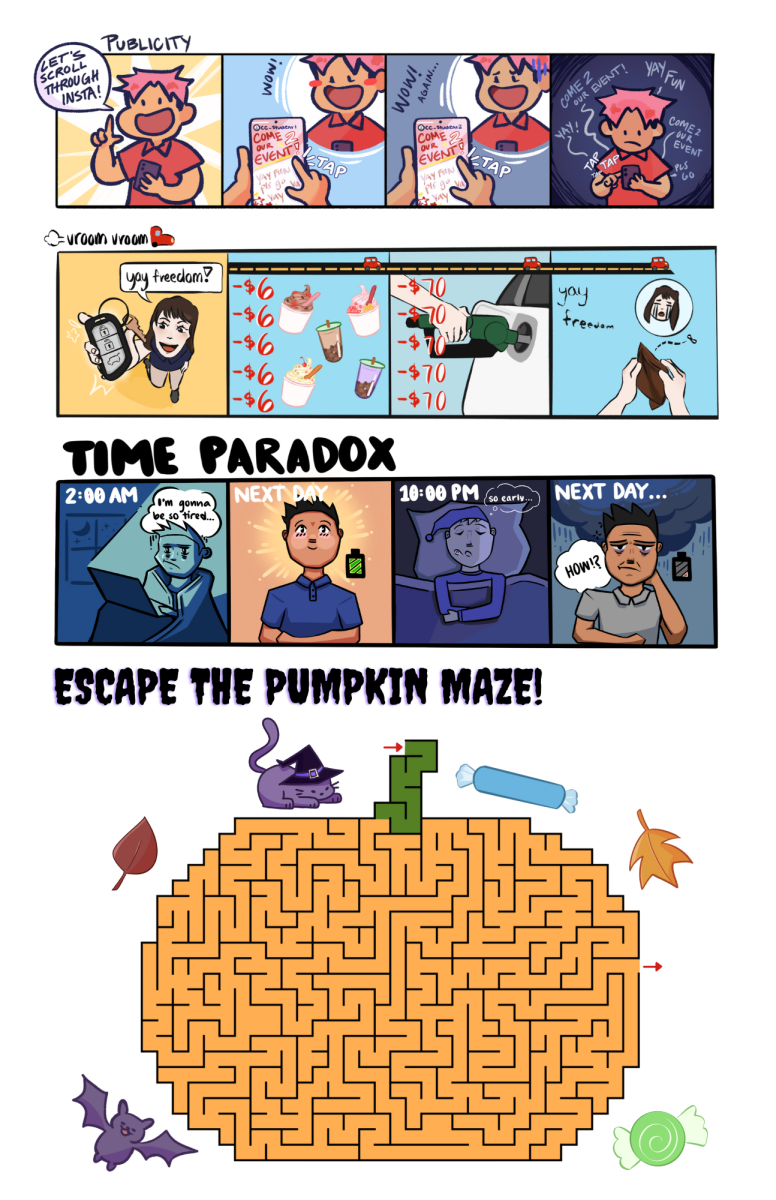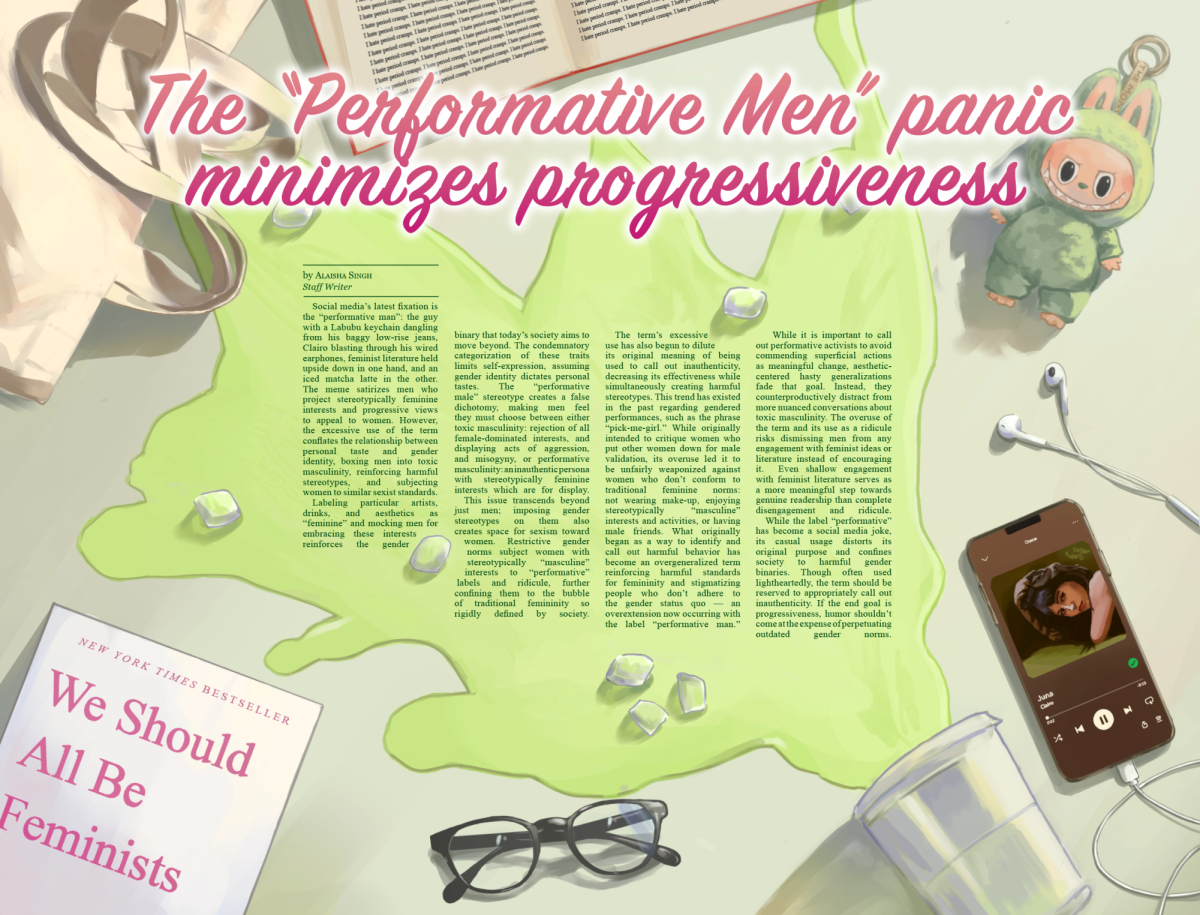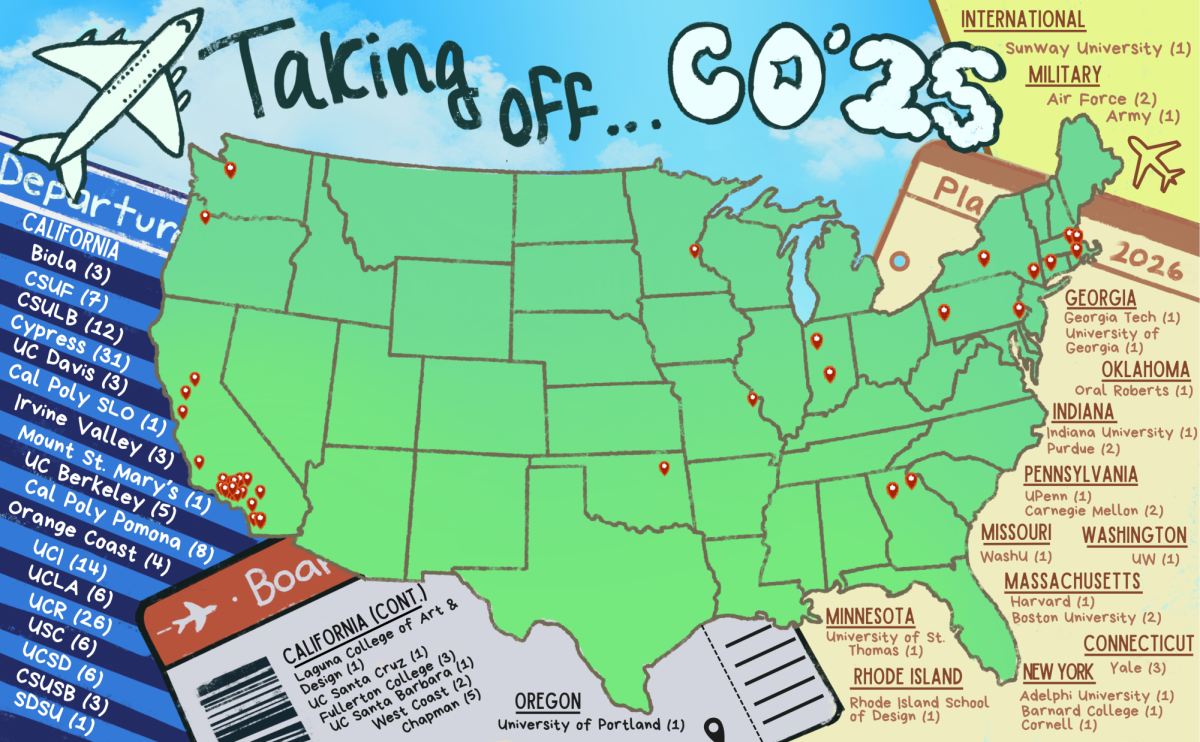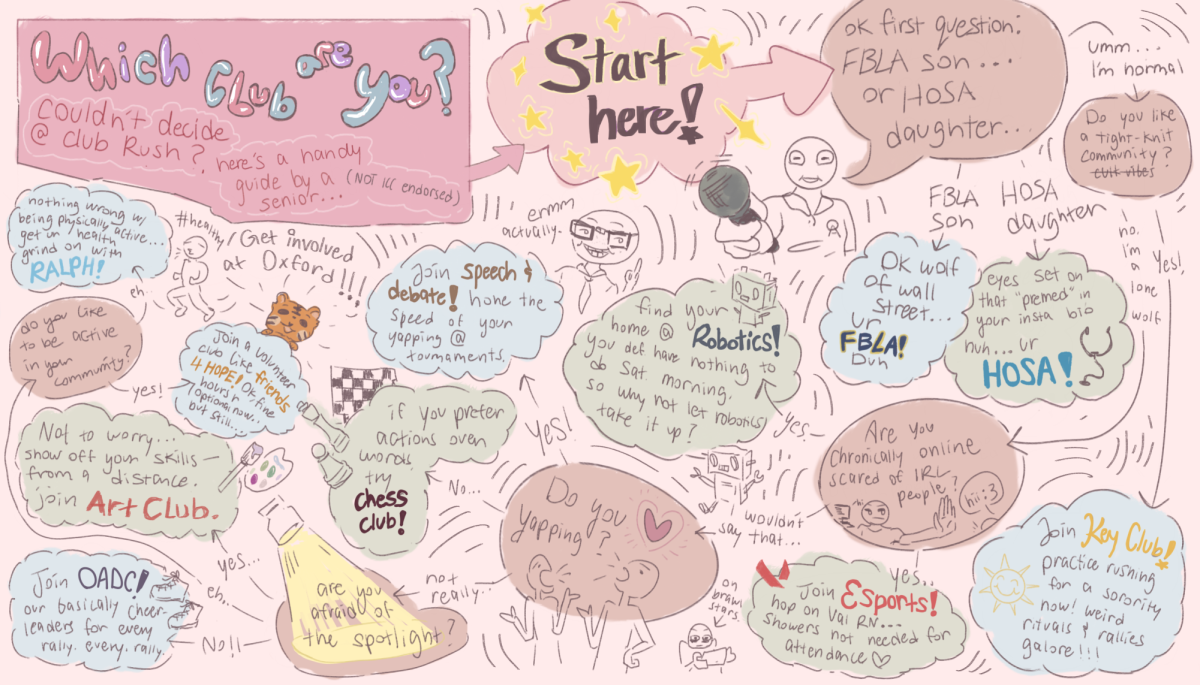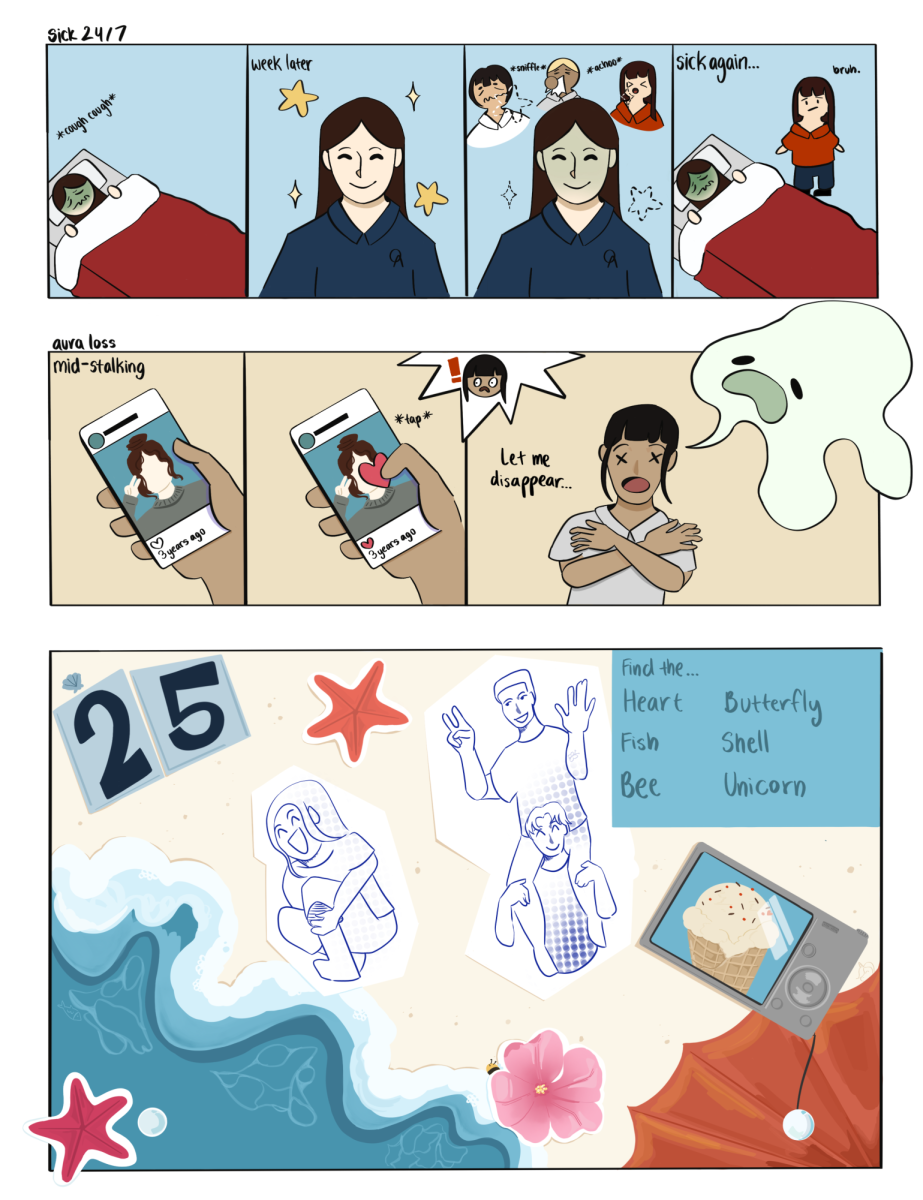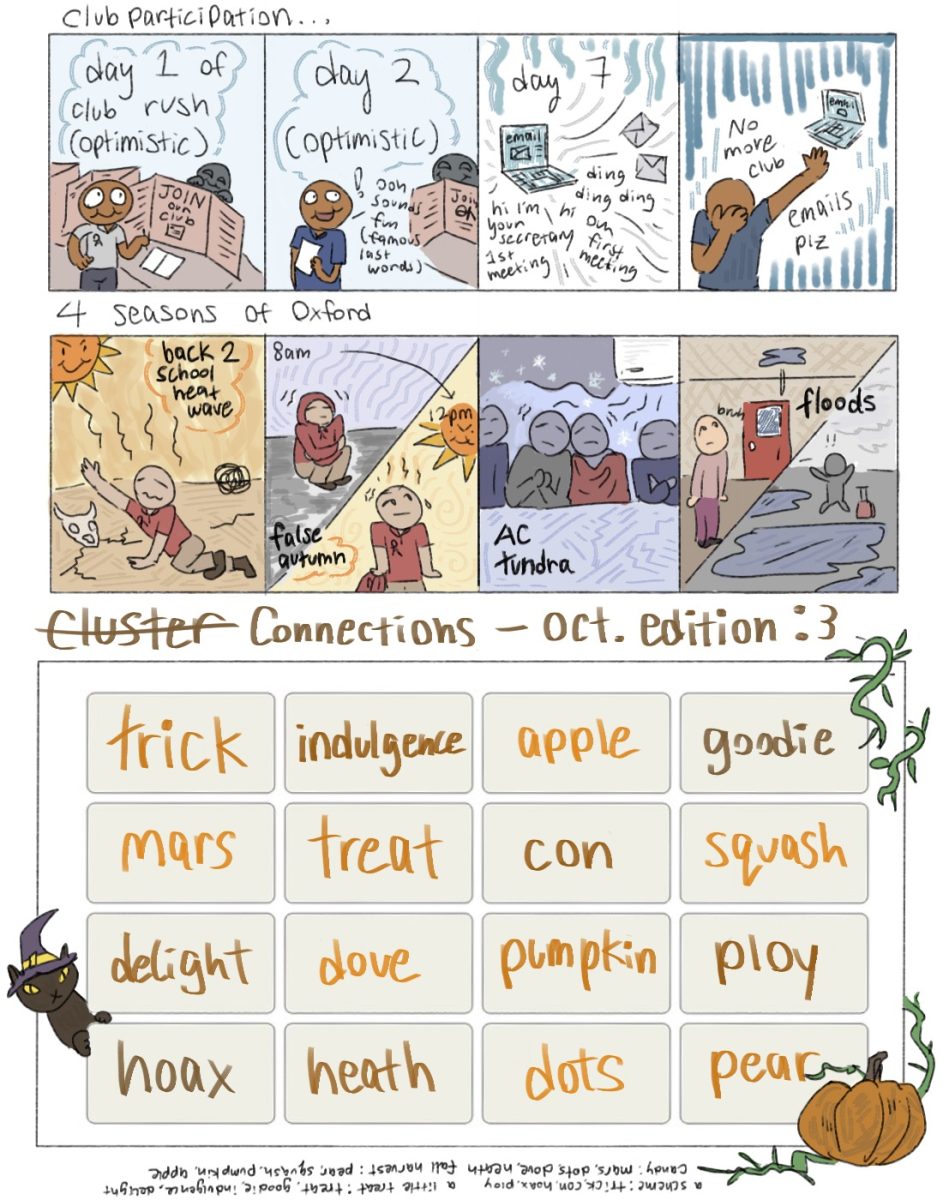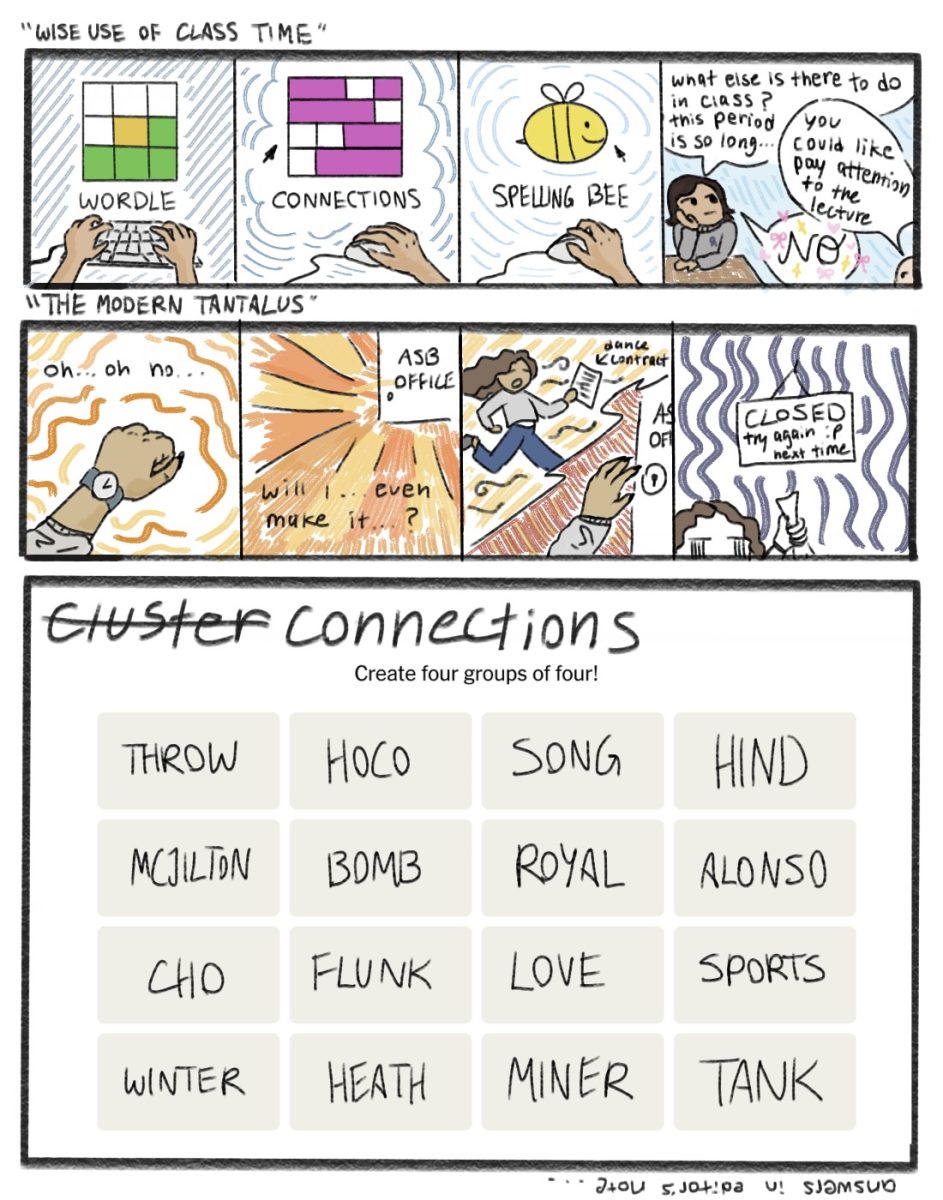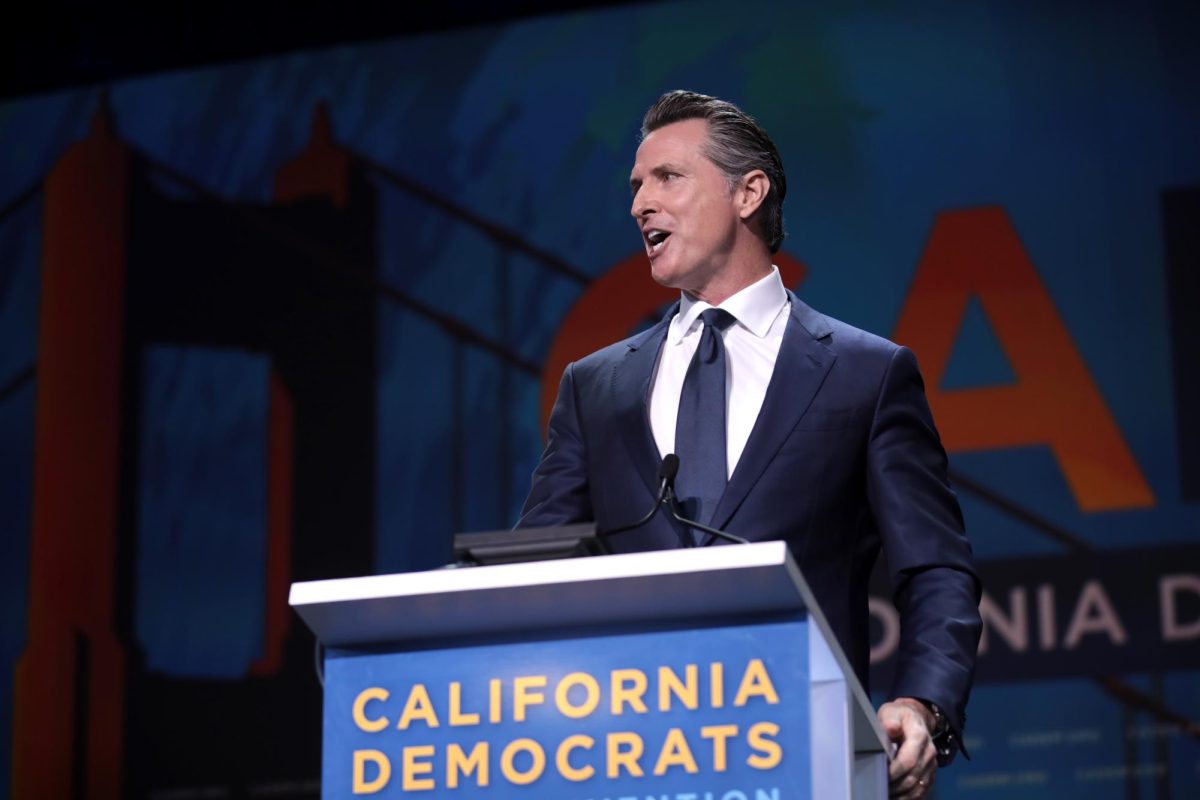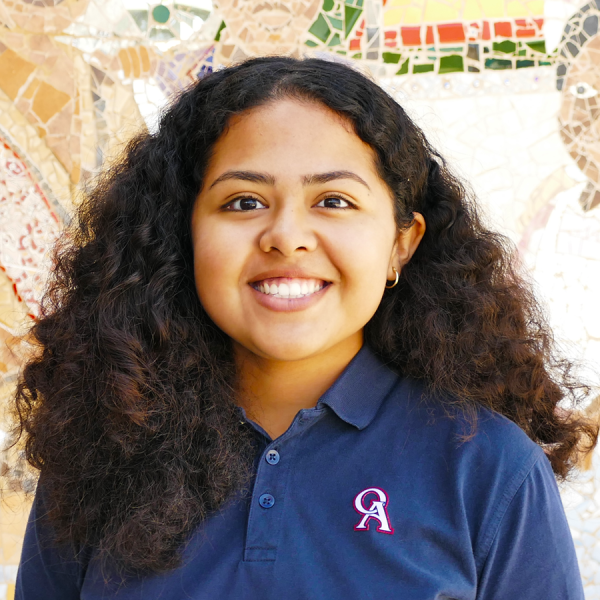Governor Gavin Newson signed SB 976, the Protecting Our Kids from Social Media Addiction Act, sponsored by California Attorney General Rob Bonta, on Sept. 20, created to shield children from the potentially addicting algorithms found in various social networking platforms.
Most social media algorithms today display relevant content determined by the type of media the user previously interacted with, producing an endless quantity of content available with every scroll.
However, with SB 976 enacted, social media platforms will only show publications set in the chronological sequence they were posted by accounts the user has followed, if the user is a minor.
Specific platforms impacted by the new legislation have not been stated.
“Every parent knows the harm social media addiction can inflict on their children – isolation from human contact, stress and anxiety, and endless hours wasted late into the night,” Newsom said in a public statement. “With this bill, California is helping protect children and teenagers from purposely designed features that feed these destructive habits.”
In addition, the law will restrict social media notifications to appear at times deemed undisruptive, blocking out the hours of typical school weekdays from 8:00 am to 3:00 pm, and 12:00 am to 6:00 am as well.
“Social media companies will no longer have the right to addict our kids to their platforms, sending them harmful and sensational content that our kids don’t want and haven’t searched for,” State Senator Nancy Skinner told the New York Times, “From this day forward, California will be a safe haven, protecting our kids from social media addiction.”
The bill is projected to begin its effects at the start of 2027. The only method to actively bypass the bill’s restrictions would be with parental consent, or if the minor has not identified their age on the social networking platform.
Settings will be customizable and finalized by parental discretion, allowing the parents to adjust the acceptable notification window, or to turn restrictive features on or off completely.
Some students shared their perspectives on the introduction of the bill, viewing the regulation as a step in the right direction.
“I believe that this is a good change,” Oxford Academy eighth grader Lauren Jimenez said, “There are sometimes when I scroll and I see things I’m not interested [in] and don’t want to see, and it could potentially [make me] waste time or expose [myself] to something harmful.”
Oxford teachers also shared their thoughts as well, exploring the implications of the law from the perspective of an educator.
“I think [SB 976] is a good start, especially here because so many companies are based in California, but there needs to be a larger buy in from students, universities, and from parents, ” said AP Government and AP Psychology teacher Mr. Taylor. “I think there’s a parenting issue, a society issue, and a politics issue and this [bill] only addresses one part of that.”
These new regulations serve as a continuation of previously-enacted bills, such as the California Age-Appropriate Design Code Act (CAADCA), put into action with the same intention of reducing the likelihood of digital addiction forming among teens and children.
Though both SB 976 and CAADCA passed with much encouragement, large tech companies lobbied against them. Netchoice, an association that prioritizes freedom of speech, campaigned for Newsom to veto the social media law months prior to its passing, and filed a lawsuit against CAADCA, arguing these acts infringe on fundamental constitutional rights.
“SB 976 violates the First Amendment rights of both companies and Californians, while endangering children’s cybersecurity, “ said NetChoice Director of State and Federal Affairs, Amy Bos, in a public statement, “This new law controls how websites organize and distribute content in a similar way to rules struck down in recent Supreme Court cases like NetChoice v. Moody and Reno v. ACLU.”



